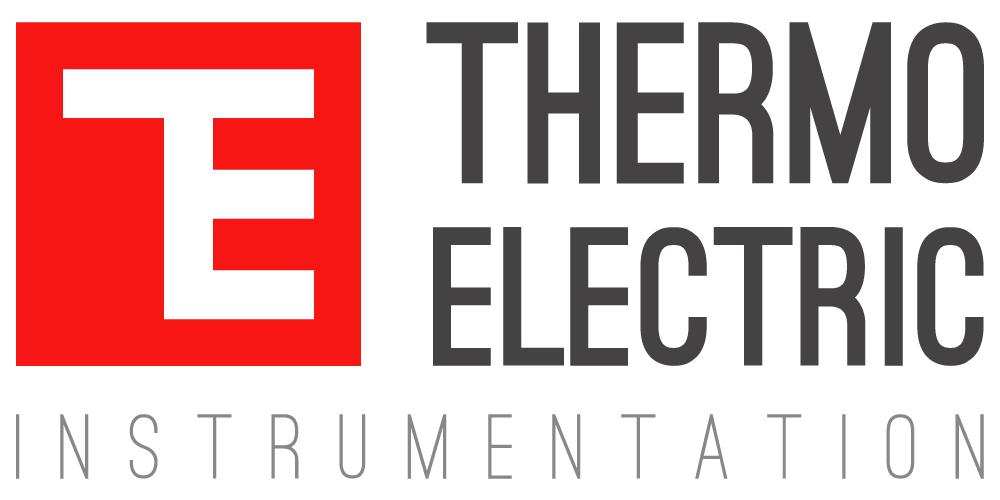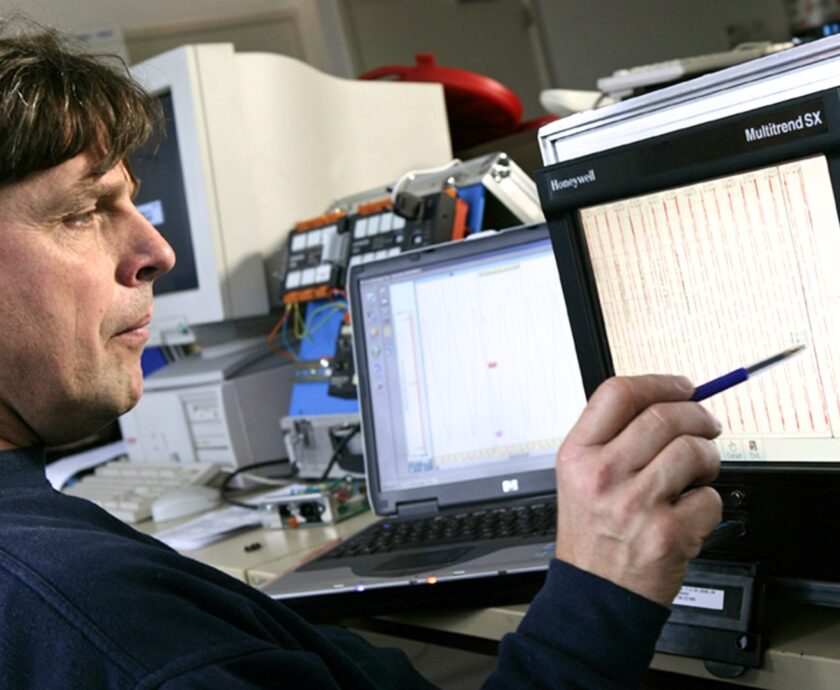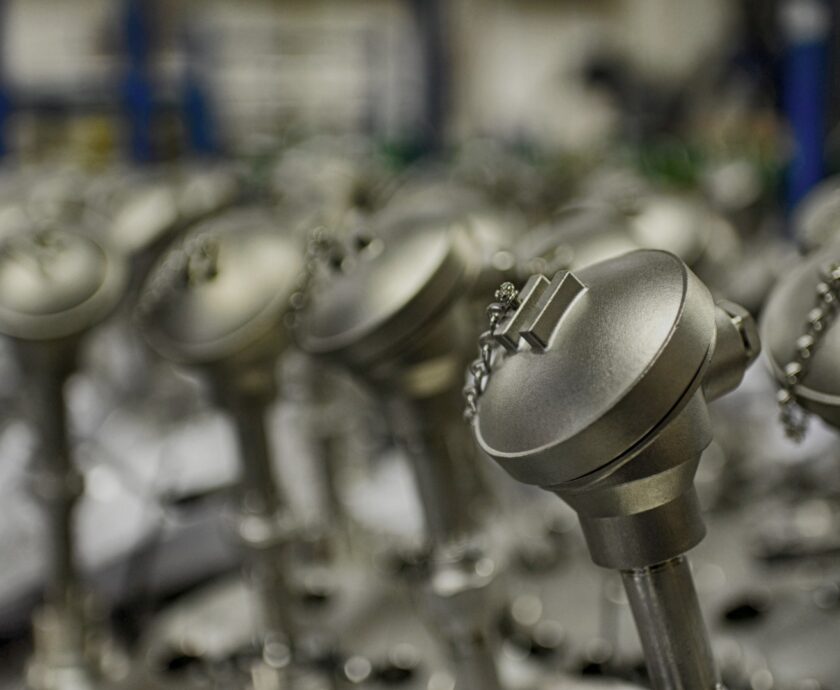When it comes to industrial processing, data really is everything. Those temperature readings from your sensors? They’re what drive efficiency, product quality, and safety across the board. But here’s the big question, how do you know that 400°C reading is actually accurate?
That’s where calibration comes in. It’s all about checking your instrument against a trusted standard to make sure it’s giving you the right results.
Now, while a quick in-house check might confirm if a sensor’s working, it won’t give you the official proof of accuracy that critical operations rely on. For that, you’ll need calibration from a lab that’s accredited to the ISO/IEC 17025 standard. That’s the kind of calibration you can trust when precision really matters.
This accreditation is the single most important indicator of a calibration laboratory’s technical competence. It signifies that the lab’s quality management system and measurement procedures have been thoroughly audited and approved by an independent body. Choosing an ISO 17025 accredited calibration isn’t just about getting a certificate; it’s about gaining confidence in your data, from the moment it leaves the lab to the moment it hits your control line.
What is ISO 17025?
Think of ISO 17025 not just as a set of rules, but as the international benchmark for excellence in testing and calibration. A lab that achieves this accreditation has proven it has:
- A quality management system to ensure consistent and reliable results.
- Technically competent staff with the training and expertise to perform the calibrations correctly.
- Properly calibrated and maintained equipment capable of producing precise measurements.
Sound, validated procedures for every calibration they perform.
This rigorous standard ensures that the results are not just accurate, but also impartial and repeatable.
The Power of Traceability
One of the core principles of an ISO 17025 calibration is metrological traceability. This means that the calibration of your sensor is linked back to a national or international standard (like those held by NIST in the US or NPL in the UK) through an unbroken chain of comparisons.
Imagine it like a family tree for measurements. Your sensor is calibrated against a lab’s working standard. That working standard was calibrated against a more accurate reference standard. That reference standard was calibrated against an even higher-level national standard. This documented chain ensures that your measurement on the plant floor is directly related to the definitive standard for that measurement, providing an unimpeachable level of authority and proof.
Understanding Measurement Uncertainty
No measurement is perfect. Every calibration has a small margin of doubt, known as measurement uncertainty. A key requirement of ISO 17025 is that a lab must calculate and report this uncertainty for every calibration it performs.
This is critically important. A standard certificate might simply say a sensor is “in tolerance.” An accredited certificate, however, will state the exact measured value and the uncertainty associated with it (e.g., “250.1°C ± 0.1°C”). This tells you the precise range within which the true value lies. For engineers trying to optimize a process, knowing this level of uncertainty is vital. It allows for tighter control, more accurate process modeling, and a better understanding of the true performance of your system.
From the Lab to Your Line
Choosing a sensor with an ISO 17025 accredited calibration provides tangible benefits that extend far beyond the laboratory:
- Operational Confidence: You can trust your data, making better decisions about process adjustments and efficiency improvements.
- Regulatory Compliance: For many industries (like pharmaceuticals and aerospace), accredited, traceable calibrations are a mandatory requirement for audits and regulatory compliance.
- Improved Safety: Accurate temperature data is a cornerstone of process safety, helping to prevent dangerous conditions before they occur.
- Enhanced Quality: Tighter process control, enabled by reliable data, leads directly to more consistent and higher-quality product output.
In the end, an ISO 17025 calibration is more than just a piece of paper. It is a guarantee of technical competence, a proof of traceability, and a vital tool for managing the quality and safety of your operations. It provides the unshakable confidence that the data you rely on is data you can trust.
